In many industrial applications, persistent Noise Amplification and recurring Vibration Issues not only create operational inefficiencies but also potentially damage equipment and compromise product quality. These challenges often emerge from a complex interplay of design, materials, and external factors, and their impact on machinery performance can be significant. In this blog, we will delve into the root causes behind these phenomena, examine their broader effects on operations, and suggest strategic measures to mitigate them effectively.
As industries push toward higher productivity and precision, controlling environmental disturbances becomes critical. Unwanted noise and vibration not only disrupt workflow but can also indicate underlying problems within systems. When Noise Amplification occurs, it often signifies that sound energy is being magnified rather than dampened, leading to ergonomic and mechanical strains. Similarly, persistent Vibration Issues can cause premature wear on components and lead to costly maintenance downtime. Recognizing and addressing these challenges is vital in preserving operational reliability and ensuring safety.
To solve these challenges, it is important to analyze their origins. Several factors contribute to Noise Amplification:
Likewise, Vibration Issues can originate from:
Understanding these foundational causes is the first step toward implementing robust solutions.
The repercussions of unmanaged noise and vibration are both broad and deep:
Thus, addressing these issues is not only about improving performance but also about ensuring long-term sustainability and workplace safety. Web:https://www.powsmart.com/product/electric-toothbrush/
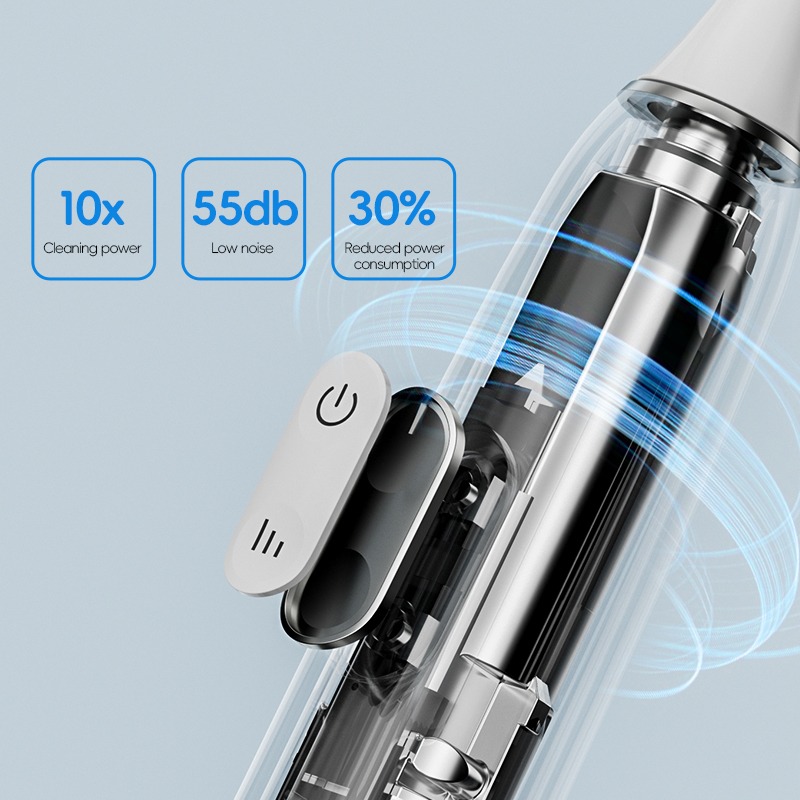
Effective diagnosis is essential for targeted intervention. Manufacturers should consider the following techniques:
Combining these diagnostic methods creates a comprehensive picture of where and why the issues are occurring.
Once the sources of noise and vibration are identified, manufacturers can adopt the following strategies:
These measures, when integrated, can significantly reduce noise levels and vibrations, ensuring smoother, more reliable operations.
The challenge of managing Noise Amplification and Vibration Issues is an ongoing one, but emerging technologies offer promising solutions:
By embracing these future innovations, manufacturers can continuously improve product reliability and remain competitive in the global market.
Conclusion
Addressing Noise Amplification and Vibration Issues is essential for maintaining high standards of operational efficiency and product durability. By understanding the causes, employing advanced diagnostic tools, and implementing robust mitigation strategies, manufacturers can protect their equipment from premature wear and operational disturbances. Continuous innovation and a commitment to quality control will ensure that systems remain stable, safe, and efficient in an ever-evolving industrial landscape.
Interested in exploring how advanced technologies can help reduce noise and vibration in your systems? Contact us today to learn more about our tailored solutions and expert services.
How to Choose Good Bristles When Selecting an Electric Toothbrush?
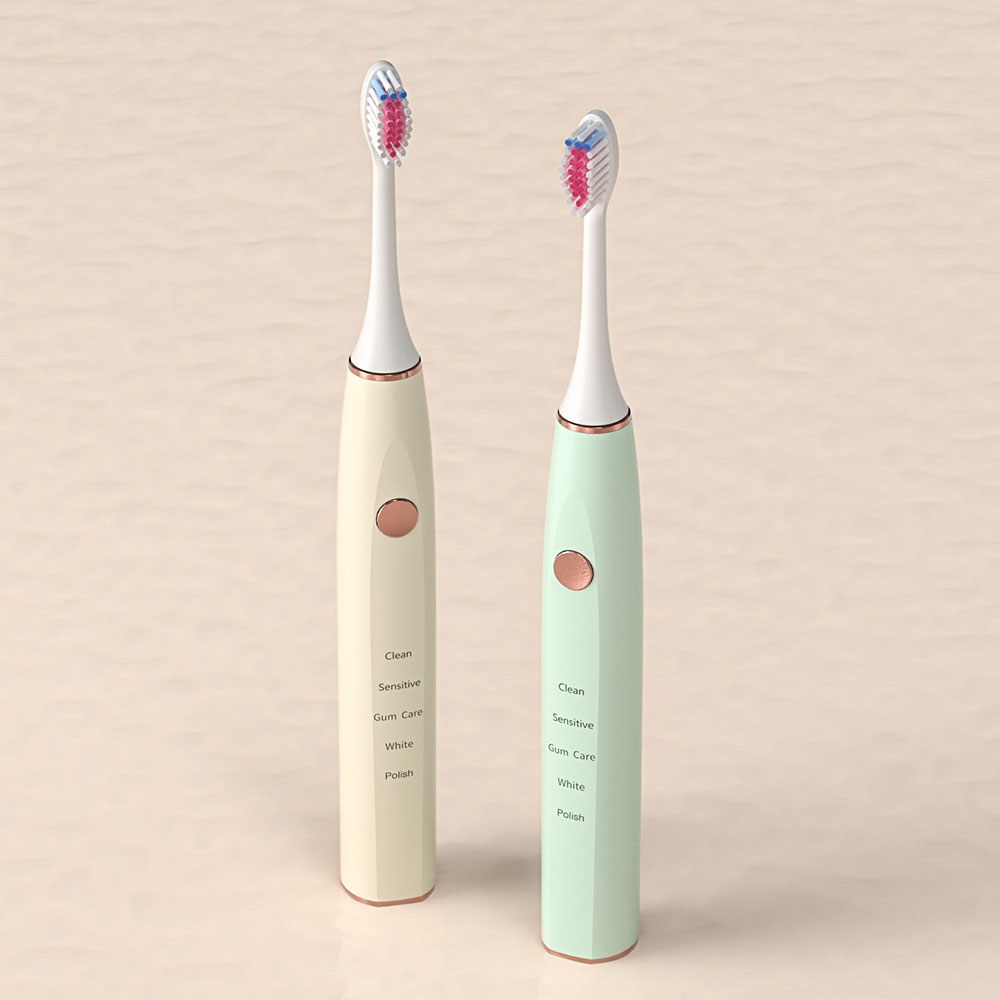
How much does it cost to manufacture a toothbrush?
-3-scaled.png)
Portable Teeth Whitening Device: How to Make It the Size of travel friendly but Maintain 100% Effectiveness?
Is Your Electric Toothbrush Losing Power Too Fast?
Battery Corrosion + Charger Incompatibility — What’s Next?
Why Post-Whitening Diets Need Gum Inflammation Cautions?

Can Blue Light Teeth Whitening Devices and Whitening Gels Be Used During Pregnancy?
Why Does Whitening Efficacy Decline Trigger Pulse Intensity Spikes?
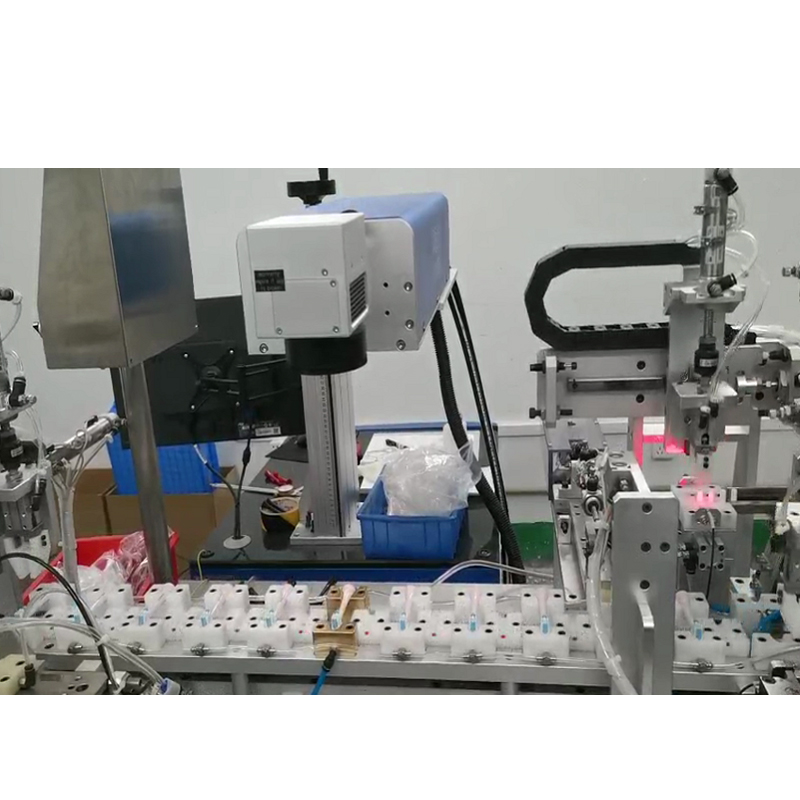
Electric Toothbrush Production Process Diagram: Complete Process from Injection Molding to Assembly and Key Points of Quality Inspection
Oral Microbiome Impact from Color Relapse?
.jpg)
Executive Diwali gift or Status symbol toothbrush — what truly impresses?
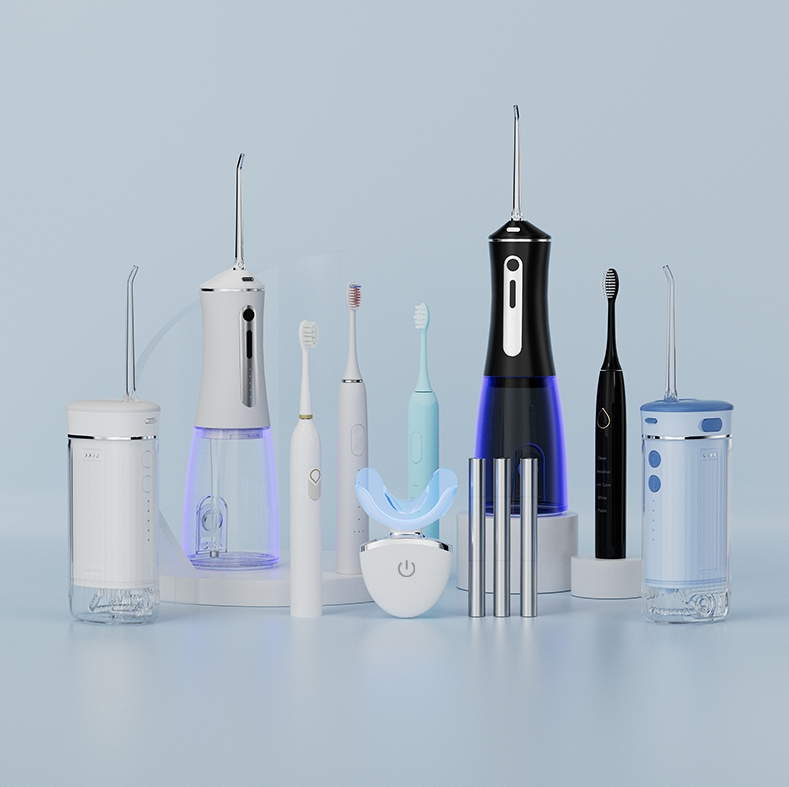
Electric Toothbrush Industry Report 2025: Growth Opportunities and Competition Analysis
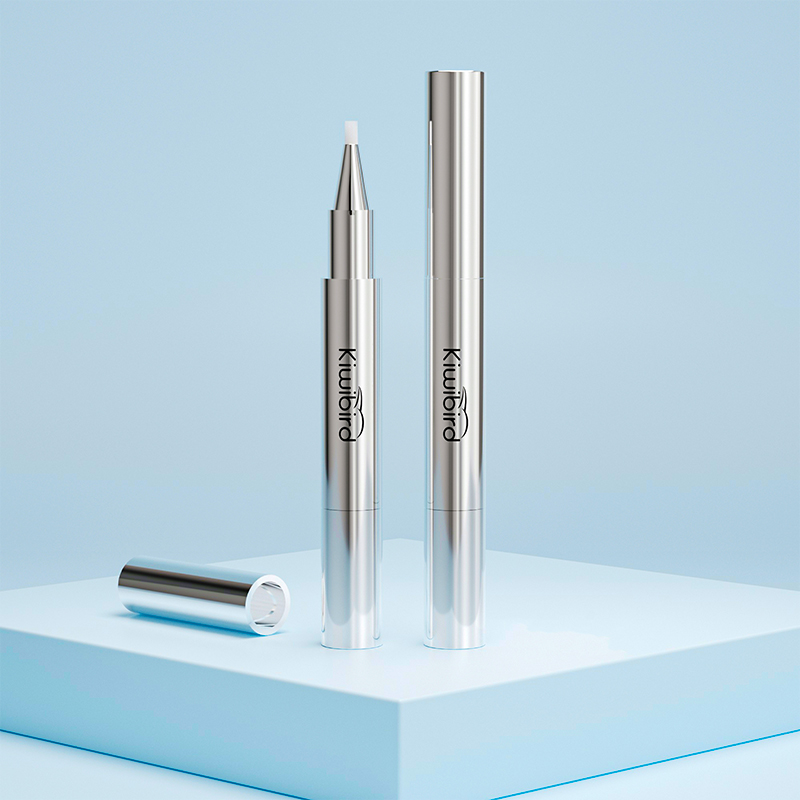
The Oral Beauty Revolution of Teeth Whitening Devices: From “Medical Equipment” to “Cosmetic Bag Item”
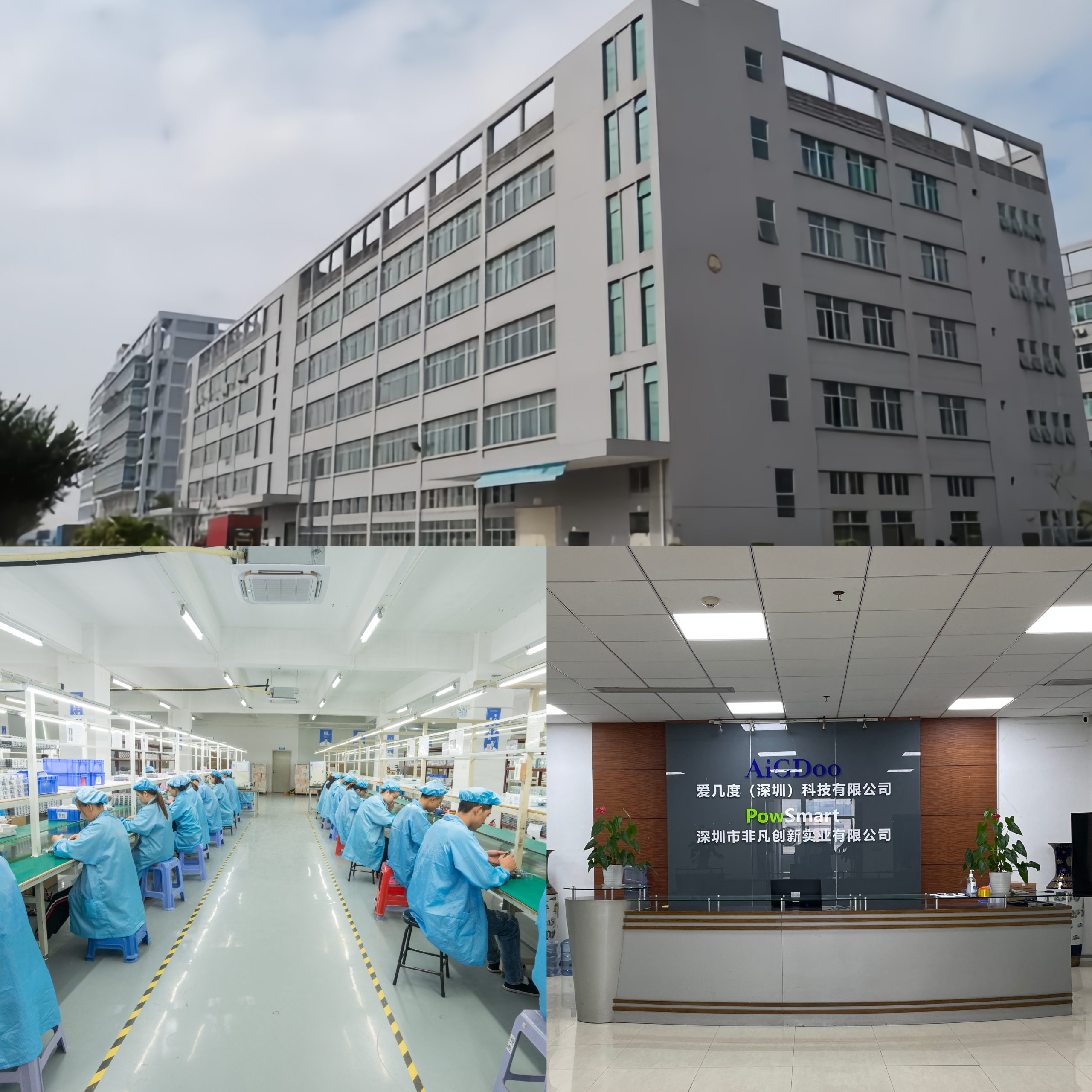
How to Establish a Stable Supply Chain for Oral Care Products? A Guide for Distributors
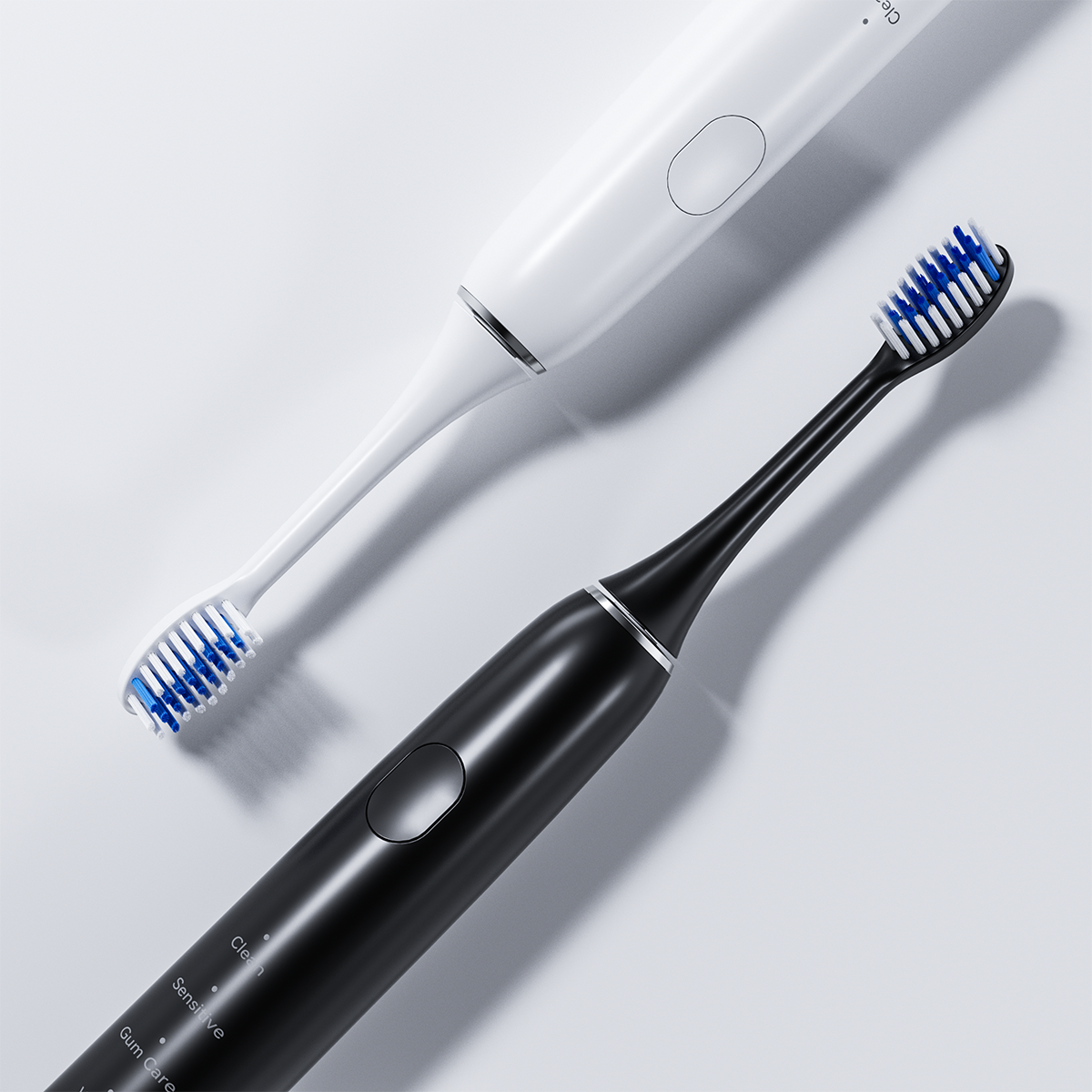
Waterproof & Fast Charging? Inside High-End electric Toothbrush Charging Stations

Discover a Great Reason to Switch to an Electric Toothbrush

Electric toothbrush heads Charcoal Infused-Diamond

electric toothbrush heads Regular Clean

electric toothbrush heads Ultra Soft
.jpg)
Florida Electric Toothbrush – Powsmart PTR-C8

electric toothbrush heads Deep Clean

Customization Teeth Whitening Gel

Private Label Whitening Gel

electric toothbrush heads Charcoal Infuse-Round
whstapp
whstapp
National Toll-Free Service Hotline
+86 755 86238638